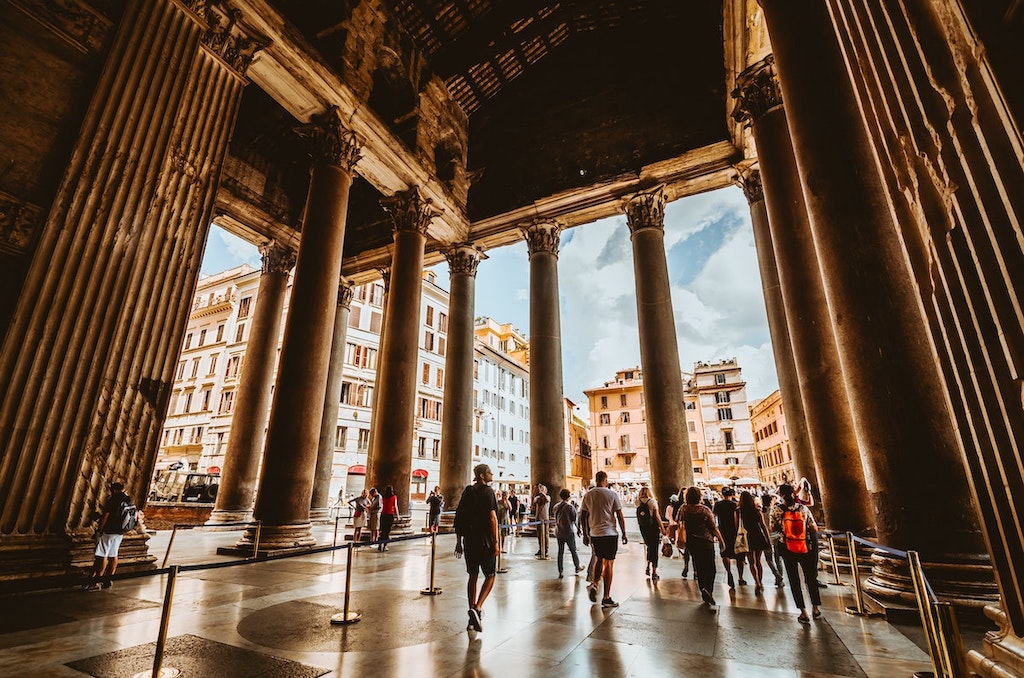Apart from self-improvement, Stoic wisdom also provides insights on how we can improve urban design.
Stoicism, the ancient Greek school of philosophy founded centuries ago by Zeno of Citium has served as guidance for people of differing backgrounds in dealing with the daily concerns of the world.
While improvement that people desire from the teachings of the Stoics tend to be inward in nature, the wisdom of the ancient philosophers and its practitioners may also help in rethinking city design.
Today, we will focus on Marcus Aurelius’ Meditations, a classic text from the last of the Five Good Emperors of Rome ideal for those who want to be acquainted with Stoic teachings.
State of flux
[4.36a] Constant awareness that everything is born from change. The knowledge that there is nothing nature loves more than to alter what exists and make new things like it.
Cities are the drivers of innovation and change in the modern world. However, we are resistant to change and this can reflect in our policies and actions. In designing cities, we can adopt the acknowledgement of the Stoics that everything is in a state of flux.
Under this assumption, policies and decisions will be directed towards preparedness and building resilience, focusing on the best that we can do at present for the unknown future ahead.
This is relevant in the on-going COVID-19 pandemic in relation to the 2003 SARS epidemic. We can see that cities like Hong Kong which built resilience after the spread of SARS have taken building resilience in full seriousness. With this, they have successfully circumvented what could have been a massive catastrophe due to COVID-19.
Interwoven
[4.40] What follows coheres with what went before. Not like a random
catalogue whose order is imposed upon it arbitrarily, but logically
connected. And just as what exists is ordered and harmonious, what comes
into being betrays an order too. Not a mere sequence, but an astonishing
concordance.
This excerpt teaches us that a vacuum approach in making policies and reshaping cities, on the whole, is doomed to fail, given how the elements of the city are causally connected.
This would suggest that a stakeholder approach in policy is the way to go, since this will allow the consideration of those who are affected by every change made in the city.
Cycle
[10.27] To bear in mind constantly that all of this has happened before.
And will happen again—the same plot from beginning to end, the identical
staging. Produce them in your mind, as you know them from experience or
from history: the court of Hadrian, of Antoninus. The courts of Philip,
Alexander, Croesus. All just the same. Only the people different (sic).
This excerpt brings the importance of evidence in making our decisions. In our policies we turn back to history instead of erasing it, observing how things had unfolded in the past. Apart from history, this evidence can also be taken from the experiences of the city dwellers today.
Deconstruction
[8.11] What is this, fundamentally? What is its nature and substance, its
reason for being? What is it doing in the world? How long is it here for?
This set of questions from Marcus Aurelius is a good starting point in considering how the current design of a city can be further improved. This concept is well-encapsulated in the following excerpt:
[12.10] To see things as they are. Substance, cause and purpose.
Caught up in biases and tradition, it might be easy to miss out what is really needed.
[9.35a] To decompose is to be recomposed.
Faced with this situation, the Stoics suggest a deconstruction of the problem into its essential blocks to get to the root of it.
A sobering reminder
The ideas of the Stoics are not groundbreaking — they were never intended to be.
As you would observe, reading from the Stoics, the teachings eventually will direct you away from the books themselves, bringing your attention to what is before you and what is within your sphere of control.
Stoicism is a reminder for us to remain grounded and act on the only point in time which we can take control of: the present. This is a mindset that designers can benefit from in moulding the cities of today.
Reference
Aurelius, M. (n.d.). Meditations: a new translation, with an introduction, by Gregory Hays. (G. Hays, Trans.). New York: The Modern Library.










